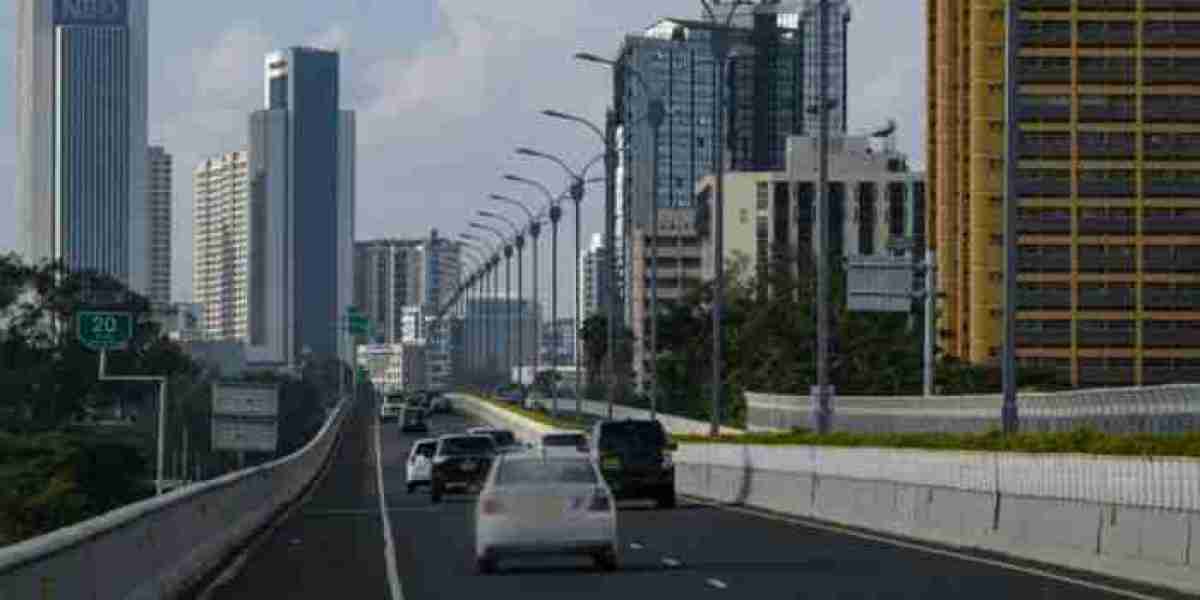As outlined in the National Transport and Safety Authority (Operation of Commercial Service Vehicles) Regulations 2024, Murkomen has listed several offences which will attract a Ksh20,000 fine or six months imprisonment or both.
One of the guidelines is that all commercial vehicles or trailers should be marked with three key essential details on the right or offside.
Per the guidelines, the marking should be painted in English in a conspicuous position and each letter should not be less than 1 inch to make it legible.
The details include the name and address of the owner of the vehicle, the registered tare weight of the vehicle and the maximum weight the vehicle is authorised to carry.
Additionally, all vehicles will need to have retro-reflective contour markings with a minimum width of two inches that conform to the applicable Kenyan standard as stipulated by the Kenya Bureau of Standards (KEBS).
According to Murkomen, these regulations apply to all commercial service vehicles whose tare weight is above 3,048 kilograms on a public road in Kenya.
If the guidelines are implemented, all vehicles will be required to carry a first aid kit with the necessary supplies to deal with any reasonable emergency. Also, the vehicles should carry fire extinguishers which should be maintained in good condition.
"Conduct pre and post-inspection trips to check for mechanical issues, and safety hazards and ensure compliance of the vehicle with regulations 7 and
immediately report any issue to the owner or carrier or operator of a commercial service vehicle," read part of the guidelines.
All vehicles will also need to be licensed as well as the operator. The operator will need to present the Kenya Revenue Authority (KRA) pin, the physical address of the office and any information deemed necessary by NTSA.
In case of an accident, the information should be submitted to the Authority within 24 hours of the accident. This information shall include driver's details, vehicle registration, maintenance record of the vehicle and circumstances that led to the accident (if known).
While transporting cargo, the vehicle must be contained, covered and secure to avoid leaking, falling or being blown away. The cover should be either canvas, wire mesh, netting, or tarpaulin to hold the load within the journey.
On parking, CS Murkomen proposes that no driver should park on undesignated parking areas such as roadsides, road reserves, roadways, bridges and tunnels.
"For purposes of sub-regulation (1) where no designated parking areas have been provided, the driver shall ensure that vehicle is parked at least two metres from the edge of the road or roadsides so as not to block pedestrian ways or obstruct the view of other road users or affect the safe operation of the road," read part of the guidelines.
The regulations also touch on NTSA revoking licenses, towing vehicles, and conducting safety audits in a move to ensure safety on the road.


